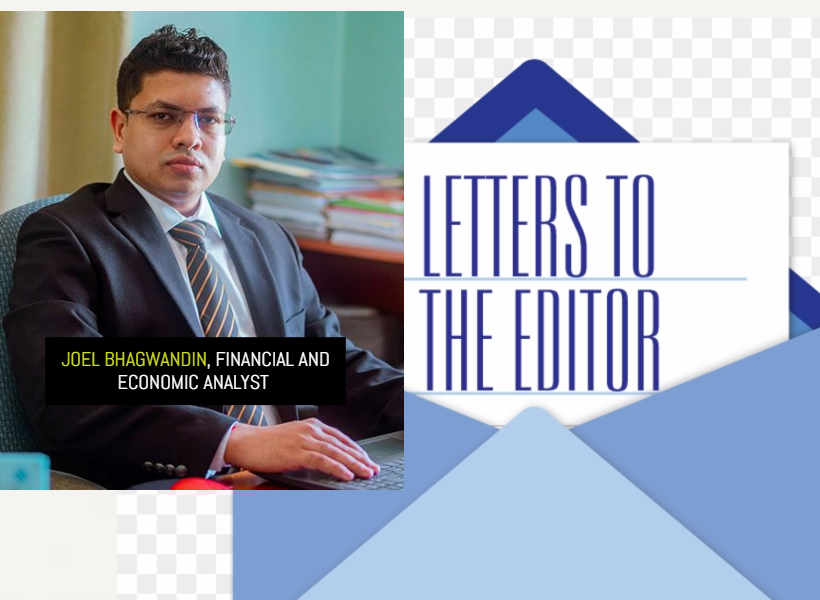Dear Editor,
Reference is made to Dr. Thomas B. Singh’s letter in the Stabroek News edition of June 11, 2024, with the caption “The BOG policy seems to be a pursuit of exchange rate targeting as against inflation targeting or price stability”. In the said letter, the author concluded by adding that “commentators, and especially those who only care about politics, would add to the discussion in a meaningful way”.
While this author is inclined to add to the discussion in a meaningful way, there is nothing meaningful to add or even counter Dr. Singh’s contention, because his argument which ordinarily rests on elementary economic theory, is fundamentally wrong.
Dr. Singh contends that (i) the central bank is more concerned about exchange rate targeting and not inflation rate targeting. Dr. Singh, who is a trained economist forgets that inflation rate is linked to exchange rate especially in the case of Guyana since we import ≥90% of the goods we consume, intermediate goods and capital goods.
It therefore means that by managing the exchange rate, the inflation rate is also being taken care of. And (ii) he argued that we should allow the exchange rate to appreciate to increase exports. But this is another fundamental error on the part of Dr. Singh. Export competitiveness is more linked to exchange rate depreciation, not appreciation. An appreciation of the exchange rate will in fact make exports more expensive and imports cheaper, thus inflationary.
On the other hand, exchange rate depreciation would make exports cheaper, hence more internationally competitive. This was one of the main reasons why we had exchange rate devaluation in the 1990s and early 2000s. It was part of the economic recovery programme when the country was bankrupt, to generate foreign exchange earnings through exports.
As shown in the table attached, non-oil exports in 2023 amounted to US$1.546 billion, while non-oil imports amounted to US$4.589 billion, thereby giving rise to a non-oil trade balance deficit of US$3 billion. At an appreciated exchange rate of G$200/US$1, non-oil exports equate to G$309.2 billion, non-oil imports would equate to G$917.8 billion, with a trade balance deficit amounting to G$608.6 billion. Conversely, at a depreciated exchange rate of G$215/US$1, non-oil exports would equate to G$332.4 billion, non-oil imports would equate to G$986.6 billion, and the trade balance deficit would equate to G$654.2 billion.
As can be seen, the same value of imports in USD, would cost the Guyanese consumers G$68.8 billion more at an exchange rate of $215, up from $200, which would be inflationary. In contrast, exports will become more expensive for the consumers in the exporting country because that country will essentially be paying more USD to purchase Guyanese exports. Consequently, exports would become less competitive, which could result into a decline in exports value. And this is what we have to guard against, whereby any sharp appreciation in the exchange rate would engender what is commonly known as the dreaded “Dutch disease”.
In the final analysis, Dr. Singh has the theory mixed up (in reverse order), which renders his argument contradictory. The Central Bank would have great difficulty controlling inflation rate if the exchange rate is allowed to appreciate too sharply. In this situation, it would mean that the bottled water that is imported from Trinidad and Tobago, for example, would become far cheaper than the bottled water produced right here in Guyana by Banks DIH and DDL. So, which one do you think the Guyanese consumers would prefer, and what will become of the local producers, whose products would then become less competitive because of an appreciated exchange rate? Dr. Thomas Singh, please explain!
Sincerely,
Joel Bhagwandin













